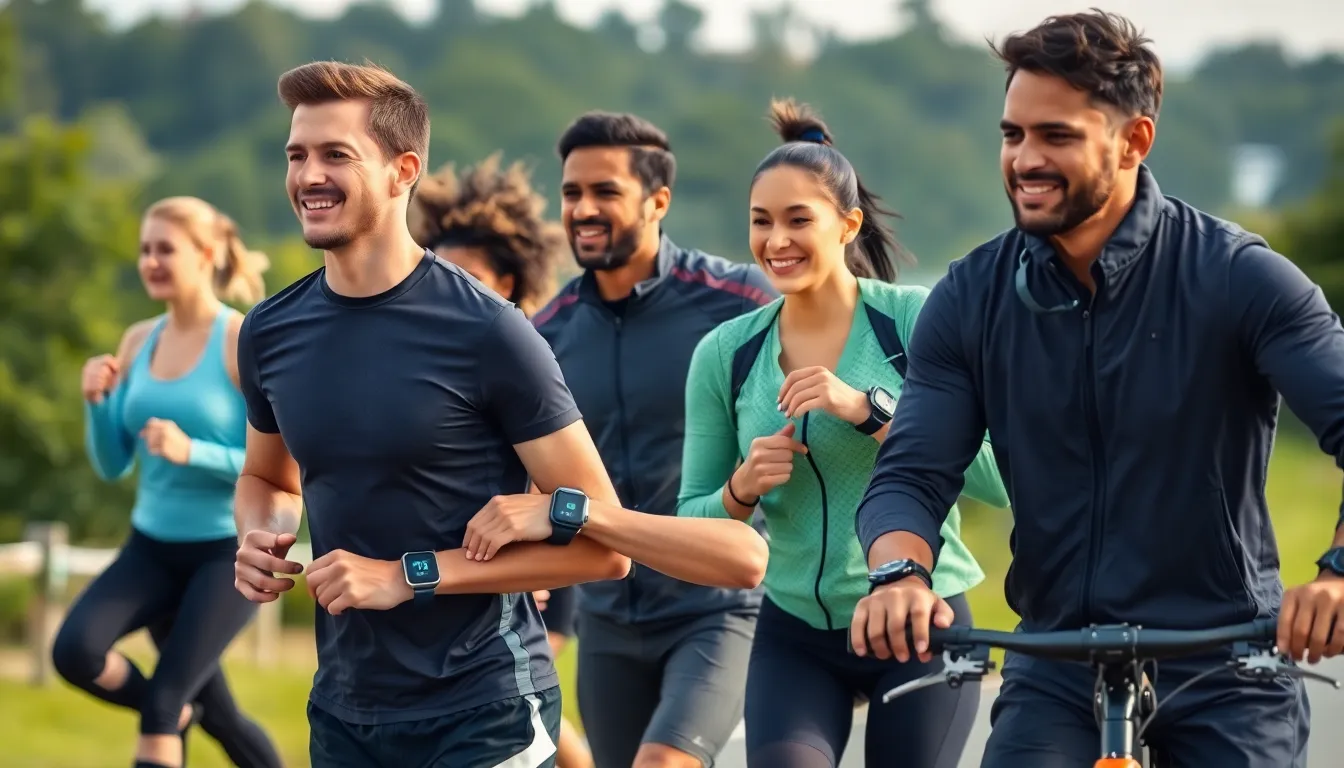In a world where the next big thing seems to pop up every five minutes, wearable apps are stealing the spotlight. Imagine strapping a tiny computer to your wrist or slipping one into your pocket, and voila! You’ve got a personal assistant, fitness coach, and maybe even a fashion statement all rolled into one. These nifty little apps are designed to work seamlessly with smart devices, making life easier and a whole lot more fun.
What Is Wearable App
Wearable apps are software applications designed specifically for smart wearable devices. These devices include smartwatches, fitness trackers, and augmented reality glasses. They enhance user experience by providing real-time data and notifications directly on the wearable device. Functionality varies among wearable apps. Many serve as fitness trackers, monitoring metrics like steps, heart rate, and calories burned. Health-focused wearable apps often integrate with sensors to track sleep patterns and other vital signs. Wearable apps streamline daily tasks. Users can receive messages, check the weather, or control music playback without needing to reach for their smartphones. These features promote convenience by ensuring access to essential information at a glance. Integration with other smart devices plays a vital role in the effectiveness of wearable apps. They synchronize with smartphones, tablets, and home automation systems to create a cohesive user experience. This interconnectedness allows users to manage multiple functions effortlessly. Developers design wearable apps with user experience in mind. They focus on intuitive interfaces and responsive designs, ensuring that interactions remain smooth and engaging. Performance is prioritized to maintain quick loading times and reliability. As technology advances, wearable apps continue to evolve. Enhanced features, such as advanced health metrics and AI integration, represent ongoing trends in the market. The growing demand for personalized experiences drives innovation in this sector.Types of Wearable Apps
